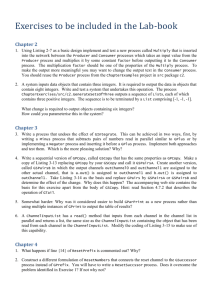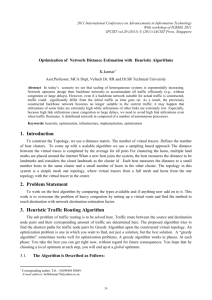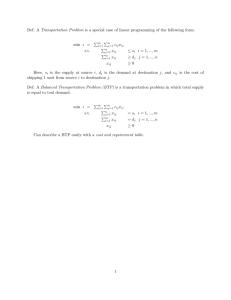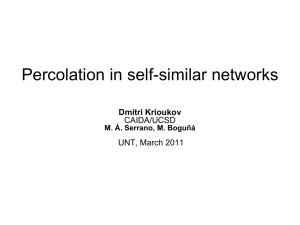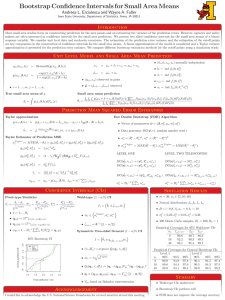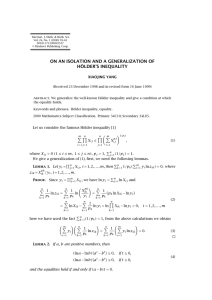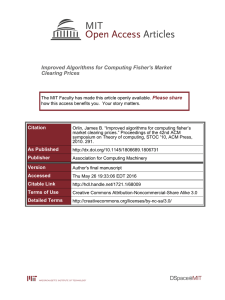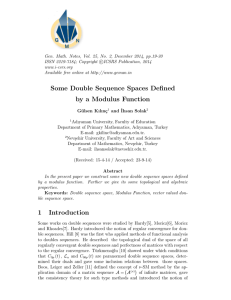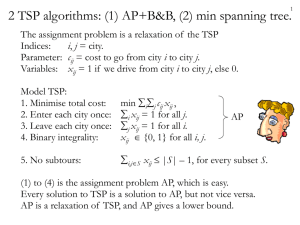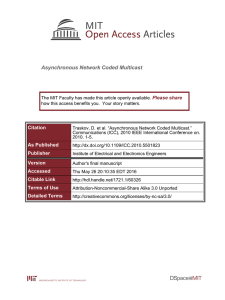problem set
advertisement
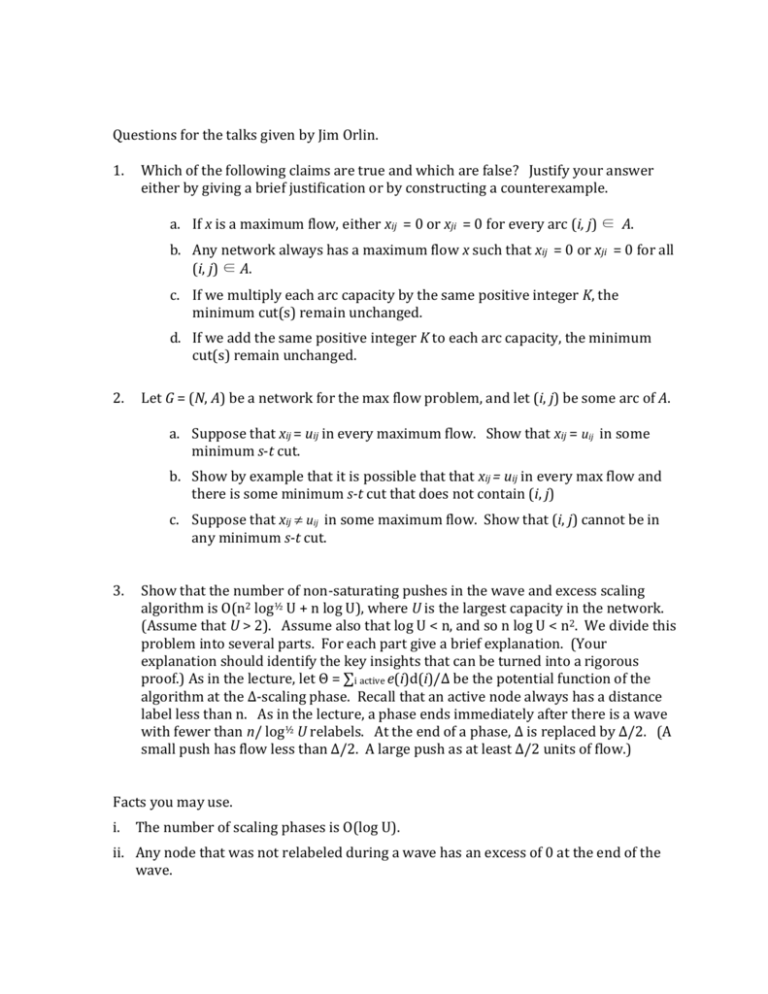
Questions for the talks given by Jim Orlin. 1. Which of the following claims are true and which are false? Justify your answer either by giving a brief justification or by constructing a counterexample. a. If x is a maximum flow, either xij = 0 or xji = 0 for every arc (i, j) ∈ A. b. Any network always has a maximum flow x such that xij = 0 or xji = 0 for all (i, j) ∈ A. c. If we multiply each arc capacity by the same positive integer K, the minimum cut(s) remain unchanged. d. If we add the same positive integer K to each arc capacity, the minimum cut(s) remain unchanged. 2. Let G = (N, A) be a network for the max flow problem, and let (i, j) be some arc of A. a. Suppose that xij = uij in every maximum flow. Show that xij = uij in some minimum s-t cut. b. Show by example that it is possible that that xij = uij in every max flow and there is some minimum s-t cut that does not contain (i, j) c. Suppose that xij uij in some maximum flow. Show that (i, j) cannot be in any minimum s-t cut. 3. Show that the number of non-saturating pushes in the wave and excess scaling algorithm is O(n2 log½ U + n log U), where U is the largest capacity in the network. (Assume that U > 2). Assume also that log U < n, and so n log U < n2. We divide this problem into several parts. For each part give a brief explanation. (Your explanation should identify the key insights that can be turned into a rigorous proof.) As in the lecture, let Θ = ∑i active e(i)d(i)/∆ be the potential function of the algorithm at the ∆-scaling phase. Recall that an active node always has a distance label less than n. As in the lecture, a phase ends immediately after there is a wave with fewer than n/ log½ U relabels. At the end of a phase, ∆ is replaced by ∆/2. (A small push has flow less than ∆/2. A large push as at least ∆/2 units of flow.) Facts you may use. i. The number of scaling phases is O(log U). ii. Any node that was not relabeled during a wave has an excess of 0 at the end of the wave. a. Show that all waves in a scaling phase (except possibly the last wave) result in at least n/ log½ U nodes being relabeled. Show that the total number of waves over all scaling phases is O((n log½ U) + log U). b. Show that the number of small non-saturating pushes during a wave is O(n), and thus the number of small non-saturating pushes over all waves is O(n2 log½ U + n log U). c. Show that the total excess at the end of the ∆-scaling phase is O(n∆/ log½ U). d. Show that the increases in potential function due to the changes in the scaling parameter is O(n2 log½ U) over all scaling iterations. e. Use a potential function argument to show that the number of large pushes over all scaling phases is O(n2 log½ U).






![[Supplementary Material]](http://s2.studylib.net/store/data/011896055_1-250f937372b326a1097e3beabf58960f-300x300.png)


